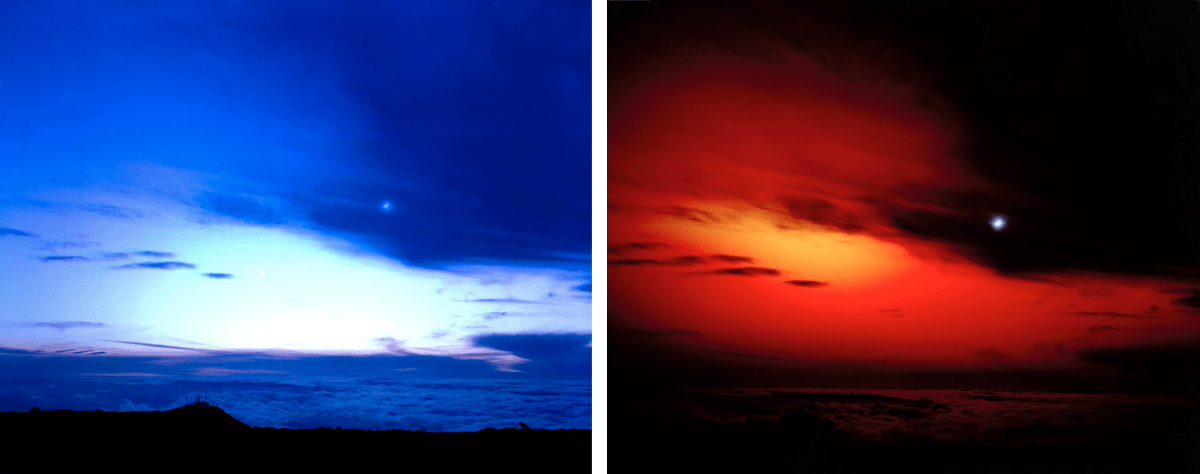Original signatory Nations of Antarctic Treaty
Note: The Global Delusion Series is meant to be read in this order -
Timeline of Operations, NASA, Heliocentric Science, Hebrew Cosmology
Operation (Overcast) Paperclip, 1945–1959
Secret Program code name for the rescue of about 1,600 Nazi German scientists, engineers and technicians taken from Germany to America for US employment. Many of these being former members and some leaders of the Nazi Party. One of which being Wernher Von Braun that would be essential to assisting NASA rockets achieve their potential.
Operation Highjump (US Navy Antarctic Developments Program, 1946–1947)
US Naval operation organized by Admiral Richard E. Byrd. The primary goal was (allegedly) to establish a research base (Little America) in the Antarctic. This expedition involved 13 ships, 23 aircraft and 4,700 men.
Operation Deep Freeze, 1955, 1956
US code-name operative for a series of missions in Antarctica. This is also a general term used to identify the continued US presence within the continent up to present day. Mission support consists of active duty, Guard and Reserve personnel, US Air Force, Navy, Army, Coast Guard and Department of Defense civilians.
Antarctic Treaty System (ATS), 1959
Although initially consisting of 12 countries, the Antarctic treaty has grown to 54 parties currently. This treaty deemed Antarctica (all the land and ice shelves 60 degrees South latitude) a demilitarized zone that could be preserved for scientific research. The original 12 countries (Argentina, Australia, Belgium, Chile, France, Japan, New Zealand, Norway, South Africa, the Soviet Union, the United Kingdom, and the United States) have over 55 Antarctic stations established.
Operation Fishbowl, 1962
This US program was a series of high-altitude nuclear testing (however, the US had been testing high altitude nukes since 1958 as well). The sub code names are as follows: Bluegill (no nuke detonation), Starfish, Starfish Prime, Bluegill Prime, the Prime behind the name representing an initial failure of that program and retry. This operative stood as a portion of the larger Operation: Dominic. Continuation of the Fishbowl series included: Bluegill Double Prime, Checkmate, Bluegill Triple Prime, Kingfish and Tightrope.



All these operations within the timeline tell a story. My hypothesis is that early in the 1950’s, Richard Byrd discovered some startling discoveries while exploring Antarctica. Then the military started doing high altitude nuclear tests from the late 1950’s into the early 1960’s. These were considered unsuccessful and had many unexpected and erratic responses including the creation of man-made auroras in the sky. Then in 1959, we have the Antarctic treaty signed by 12 known powerful countries, two of which being the Soviet Union and the United States. This is very interesting in itself since these two countries were locked in the middle of a bitter cold war at this time and yet still signed a treaty agreement in Antarctica together that both have respected and still do today. Now the treaty has grown to over 50 countries of which none have ever violated this treaty… very peculiar. Now this treaty essentially just means a ban to civilians going to the interior of Antarctica and anyone who is even allowed to Antarctica is severely restricted. It is because of all this elusiveness that I have to speculate to begin with. Whatever was discovered in Antarctica is kept well hidden in secrecy even to this day.
Sources:
https://www.history.com/news/what-was-operation-paperclip
https://www.airspacemag.com/history-of-flight/operation-highjump-18223476/
https://www.south-pole.com/p0000150.htm
https://catalog.archives.gov/id/26124042
https://www.spri.cam.ac.uk/picturelibrary/catalogue/usnaeodf1955-98/
https://navaltoday.com/2018/12/31/operation-deep-freeze-2019-underway/
https://science.dodlive.mil/operation-deep-freeze/
https://www.britannica.com/event/Antarctic-Treaty
https://theculturetrip.com/antarctica/articles/10-weird-rules-for-traveling-in-antarctica/
https://www.usap.gov/theantarctictreaty/
http://www.futurescience.com/emp/fishbowl.html

![1_HUAab-kSwU_slOcZiJigfw[1] Presidents Photo](https://blaksimba.com/wp-content/uploads/2019/09/1_HUAab-kSwU_slOcZiJigfw1.jpeg)